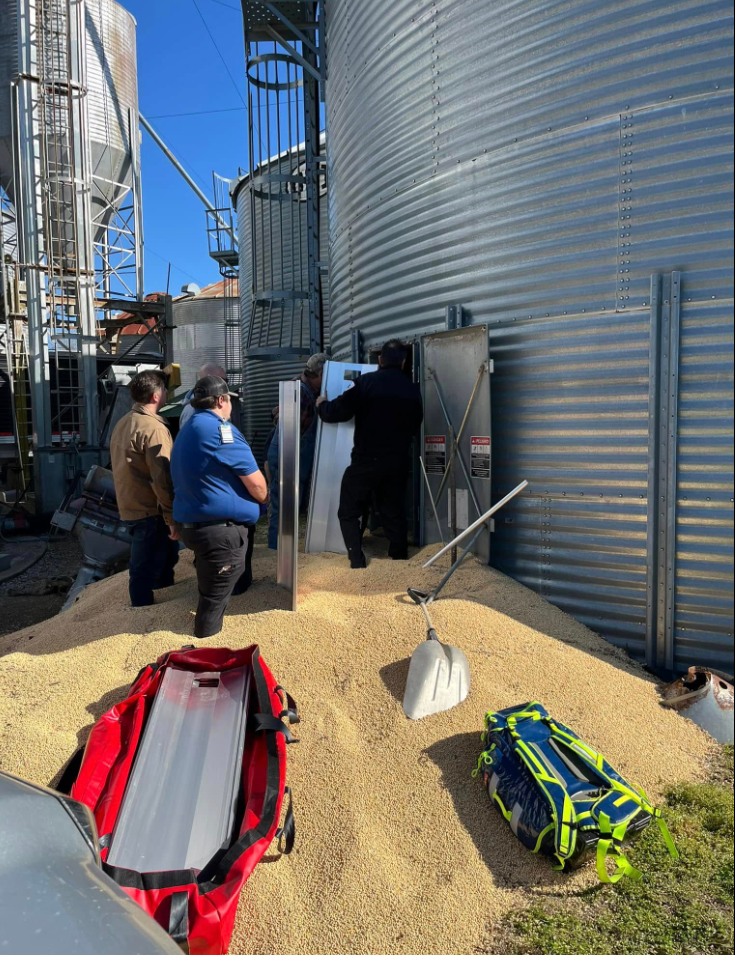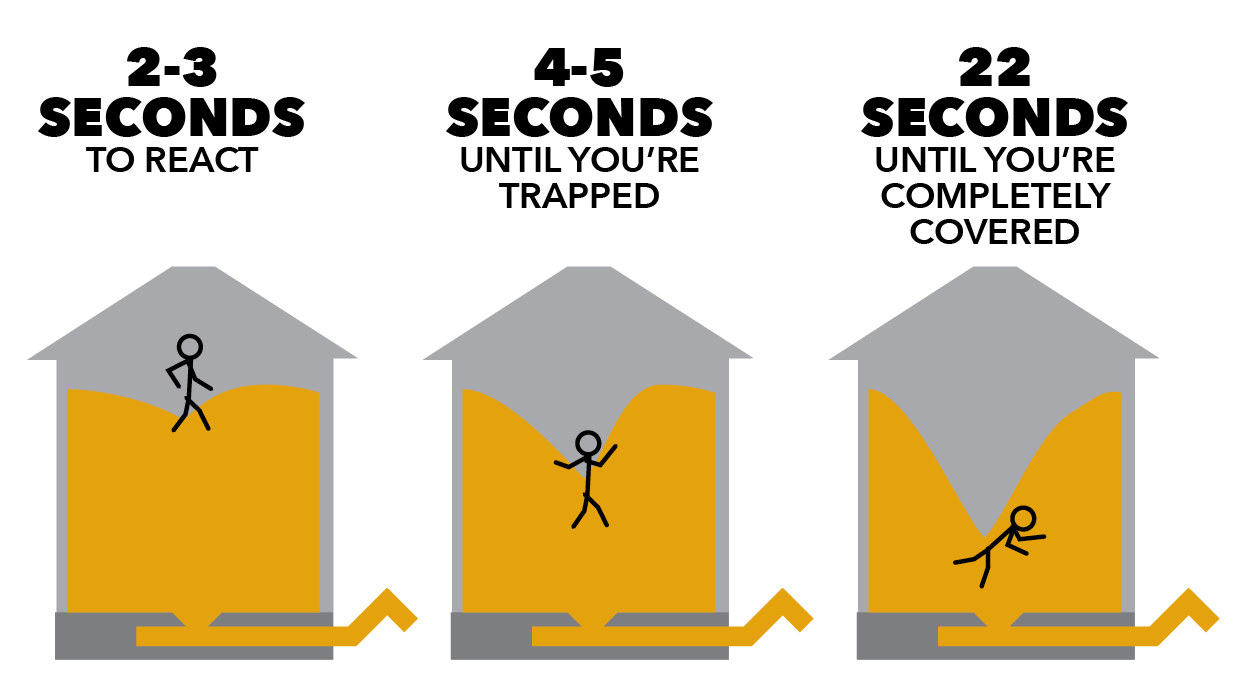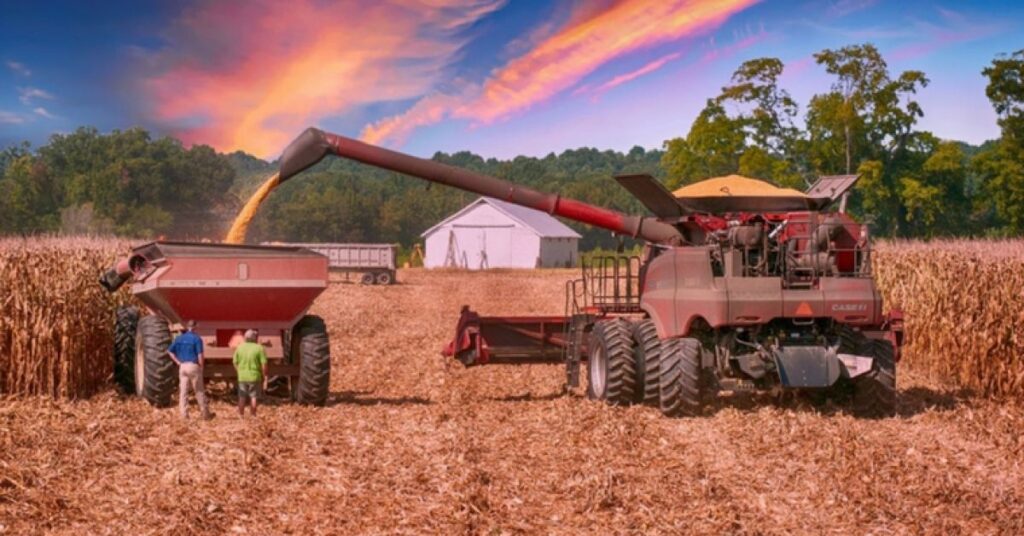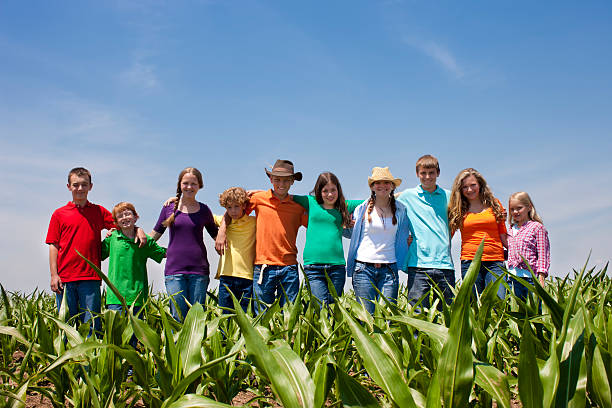Disaster Clean-Up Safety
Every year, South Carolina experiences a number of natural disasters, including hurricanes, tropical storms, tornadoes, earthquakes, and winter storms. It is extremely important to take the correct safety precautions before beginning your cleanup process. Always work in teams using the buddy system before you ever begin the clean-up process. Accidents can happen in a hurry and if you are alone, it could be hours before someone knows that you are hurt or missing.
General Clean-Up Safety Practices
- Always assess the situation first! Do a walk through to identify any hazards before you begin working, and never enter an unstable structure.
- Make sure to have the proper PPE. Always wear boots or other closed-toe shoes, gloves, eye protection, helmets, and N95 dust masks when needed.
- Disasters can cause physical and mental strain. Remember to take breaks, stay well hydrated, and recognize mental fatigue when cleaning up after a disaster.
Electrical Hazards and Concerns
- Downed power lines may be hidden by debris or water. You should treat all lines as live and stay back at least 30 ft from them.
- Never operate equipment near downed lines!
- Always use a GFCI when using extension cords in wet areas.
- If you are in your car or other equipment and come in contact with a downed power line, stay in the vehicle or piece of equipment. Call the utility company immediately.
- If you must leave the vehicle/equipment, jump from it without touch the vehicle/equipment and the ground at the same time.
Structural and Debris Hazards
- Barns, grain bins, and sheds may be partially collapsed or unstable after a storm. Approach structures with caution and never enter them before inspecting the structural integrity.
- Be cautious of entrapment risks in loose piles or debris, sand, grain, or any other bulk media.
Chainsaw and Equipment Safety
- Only trained individuals should operate chainsaws and heavy equipment!
- Make sure you have the correct PPE. Always wear chaps, a helmet with face shield, and ear protection when using a chainsaw.
- Always clear footing before you begin cutting in the event you need to quickly move out of the way.
- You should never cut above shoulder height.
- Be extremely mindful of carbon monoxide when running equipment in enclosed spaces.
Flood and Water Hazards
- Never drive vehicles or equipment through floodwaters, they may be moving quickly or be very deep.
- Beware of weakened dams and irrigation canals.
- Always check is center pivots are electrified before approaching.
Livestock and Animal Safety
- Frightened or injured animals may behave unpredictably.
- Approach slowly and calmly; never corner livestock.
- Use panels, chutes, or ropes for moving animals instead of force.
- Report missing or stray animals to local authorities or extension services.
- Be alert for disease risks—dead animals must be disposed of properly according to regulations.








